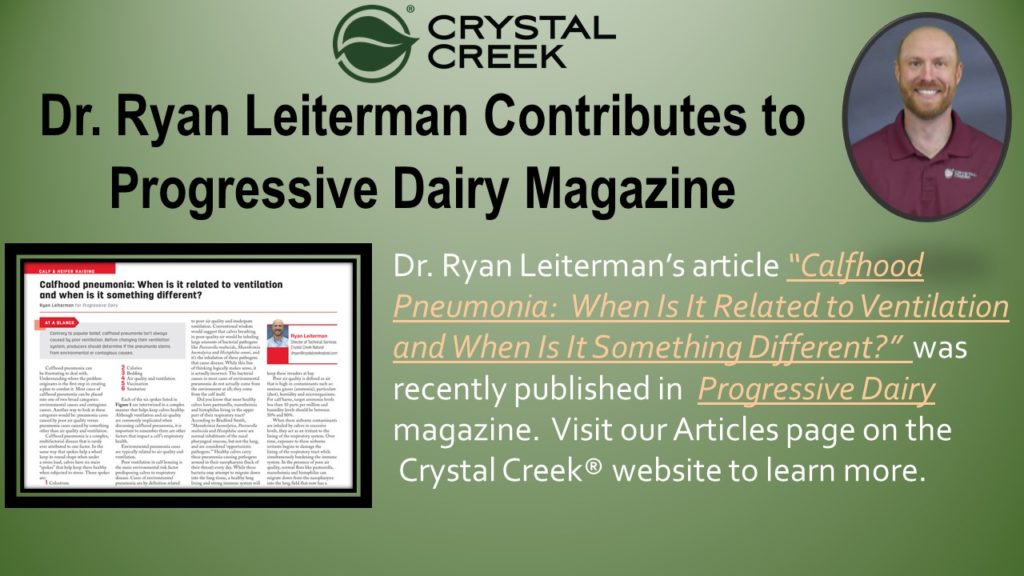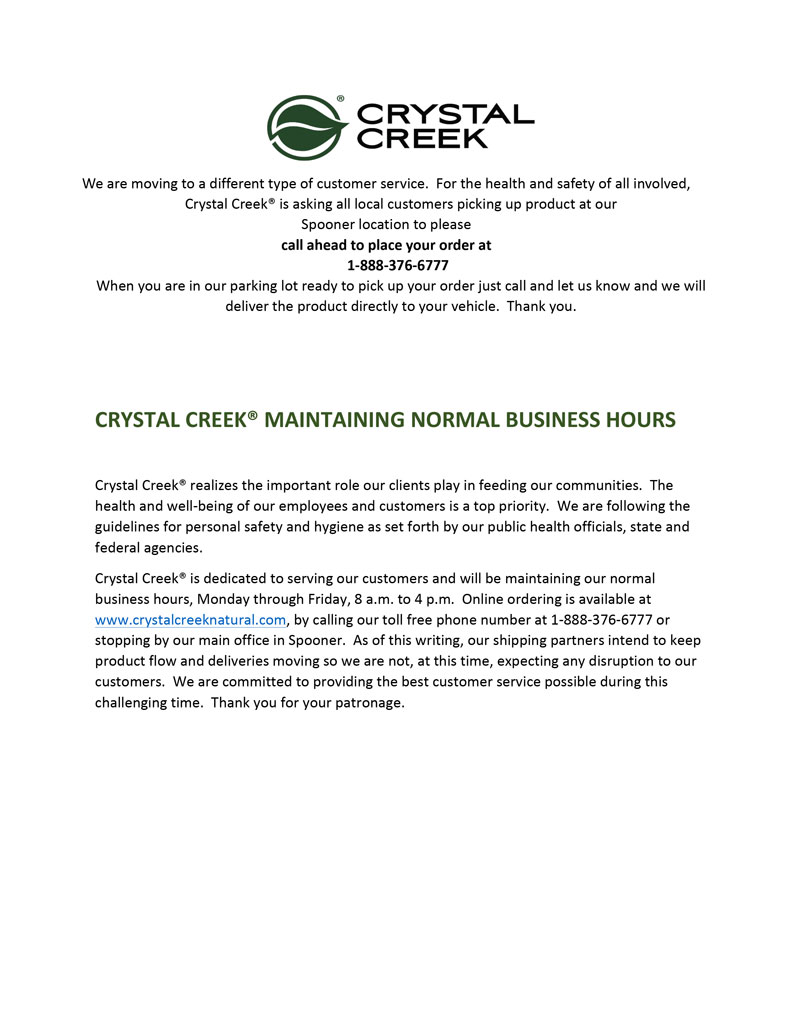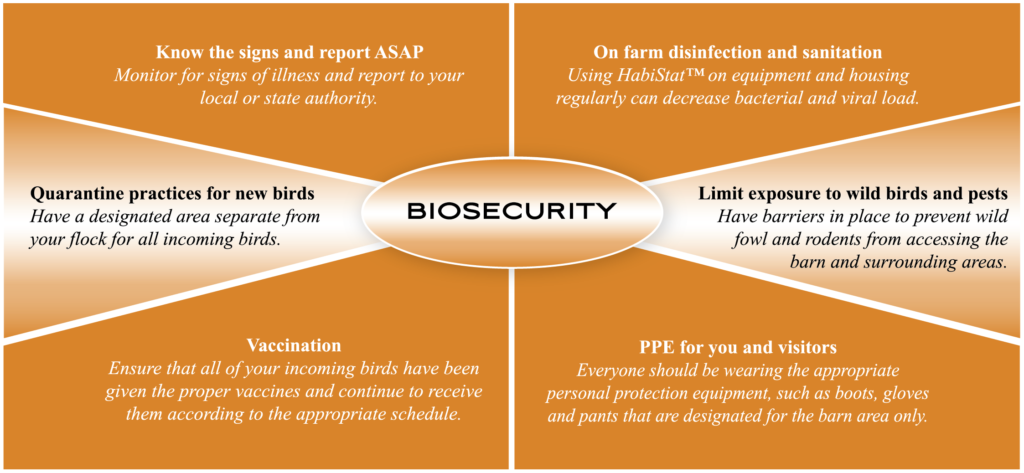April 2020 Newsletter
Click here to view as a pdf: 2020 April Newsletter
Egg Yolk Color And How To Manage It
Click here to view as a pdf: Egg Yolk Color And How To Manage It
Food color and presentation matter. Color is an important sensory factor that helps consumers determine food quality and its potential health benefits. Richly colored egg yolks, for example, can only come from healthy layers that have been fed a well-balanced, nutrient-rich diet. Hens need to be healthy enough to convert their diet properly in order to pass critical nutrients into the egg (primarily the yolk). Egg yolks are an excellent source of key nutrient-dense compounds such as proteins, fats, minerals, vitamins, antioxidants and trace minerals that are essential to our good health. Consumers associate a strong yolk color with a healthy, nutrient-rich food. There is a growing market demand for eggs with rich yolk coloring.
Reducing Feed Shrink Can Increase Your Profitability
Click here to view as a pdf: Reducing Feed Shrink Can Increase Your Profitability
By Teresa Marker, B.S.
Feed costs, both farm-raised and purchased, are usually the largest expenses on a dairy farm. In today’s economy, finding areas of opportunity for extra profit has become more critical than ever before. Evaluating a farm’s feed waste/loss, commonly referred to as shrink, is an area that should be scrutinized. Shrink can have a significant impact on feed quality, quantity, and profit. Silage shrink can range from 7-48% depending on a variety of factors, with 10-20% being typical. Reducing shrink on your farm will not only improve the inventory volume of feed but it will also help retain nutrients resulting in better nutrition and higher milk production and profit.
Forage Digestibility: How It Affects Your Bottom Line
Click here to view as a pdf: Forage Digestibility How It Affects Your Bottom Line
Forages have traditionally been tested for Acid Detergent Fiber (ADF) and Neutral Detergent Fiber (NDF). While these values determine how much of each type of fiber there is, they do not give any information as to how digestible, or actually useable, the fiber is to the cow. A more accurate measurement in predicting how well cows will perform on a particular forage crop would be Neutral Detergent Fiber Digestibility (NDFd) and Undigestible Neutral Detergent Fiber (uNDF). The digestibility of NDF is a critical piece of information for balancing rations to maximize cow performance, improve cow health, and minimize ration costs by relying on as much home-grown forages as possible.
Maximizing Equine Reproductive Performance: Reducing The Impact Of Summer Stress
Click here to view as a pdf: Maximizing Equine Reproductive Performance
While many horse owners have horses as a hobby for enjoying the occasional fun show or trail ride, there is a business side to the equine industry as well. Horse racing, polo, and competitive jumping are just a few different segments that make up the diverse economy of the horse world. According to the American Horse Council Foundation’s 2017 National Economic Impact Study, the equine industry contributes approximately $50 billion to the U.S. economy annually and helps create 988,394 jobs¹.
Biosecurity in Poultry
As the days become longer and temperatures increase, we can sense that spring is upon us. Spring brings us new opportunities and experiences. Many poultry enthusiasts are starting their own backyard flocks for the first time while others are introducing new birds to an existing flock. With these events, we would like to remind our poultry raisers of the importance of a good biosecurity protocol.
The key to preventing diseases, such as Newcastle disease, and maintaining a healthy flock of your own starts with good biosecurity practices. Contact Crystal Creek® today to learn more about how you can protect your birds from common pathogens and health risks.







